2015 September 4
Gordon Hart writes that the only butterflies he saw at his Highlands property on September 3 were three Cabbage Whites, although he had a few moths, including a nice Large Yellow Underwing. (Both of these creatures are European invaders!)
Annie Pang sends photographs of three insects from Gorge Park, August 25-30. The butterfly is a Woodland Skipper. Although butterflies of many species are becoming much scarcer than in former years, Annie and other observers have noted that Woodland Skippers continue to be quite abundant – and they seem particularly to like nectaring at Lavender, as in Annie’s photograph. We can’t identify the bee and the fly accurately down to species, but the bee is probably one of the leaf-cutter bees of the family Megachilidae. The fly is a blow fly of the family Calliphoridae, and probably a greenbottle of the genus Lucilia.
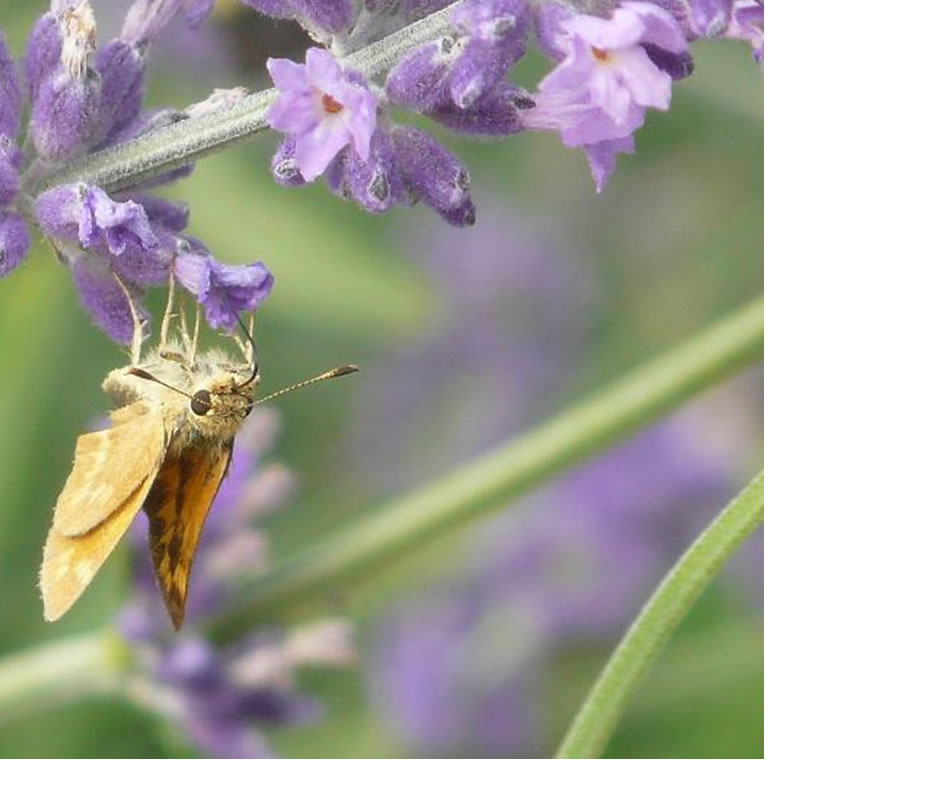
Woodland Skipper Ochlodes sylvanoides (Lep.: Hesperiidae) Annie Pang
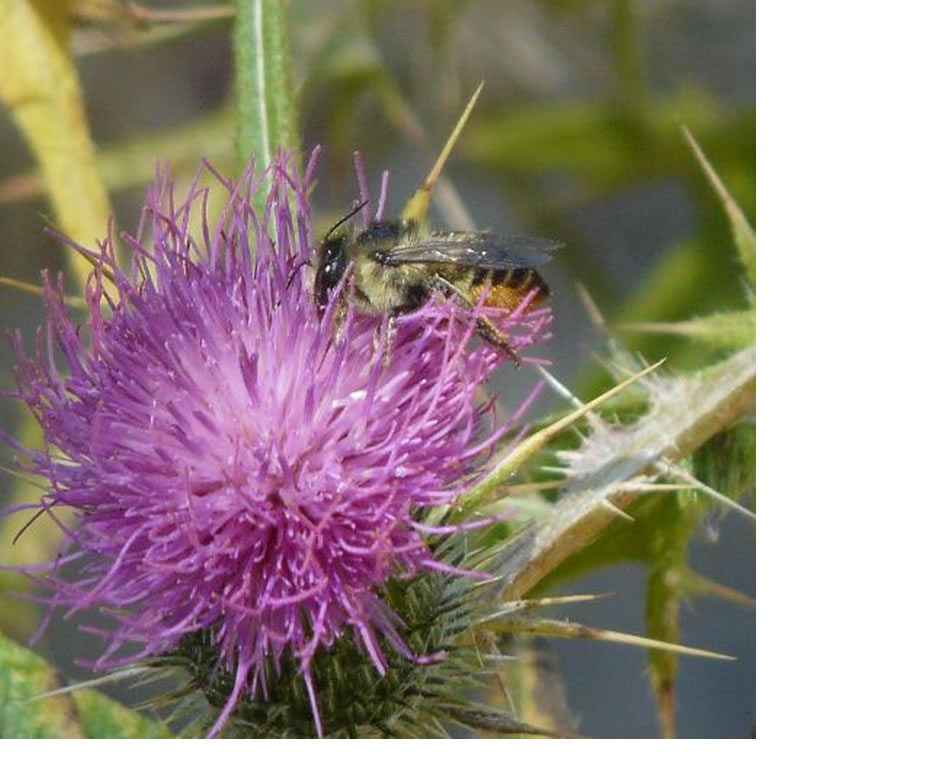
Probably leaf-cutter bee (Hym.: Megachilidae) Annie Pang
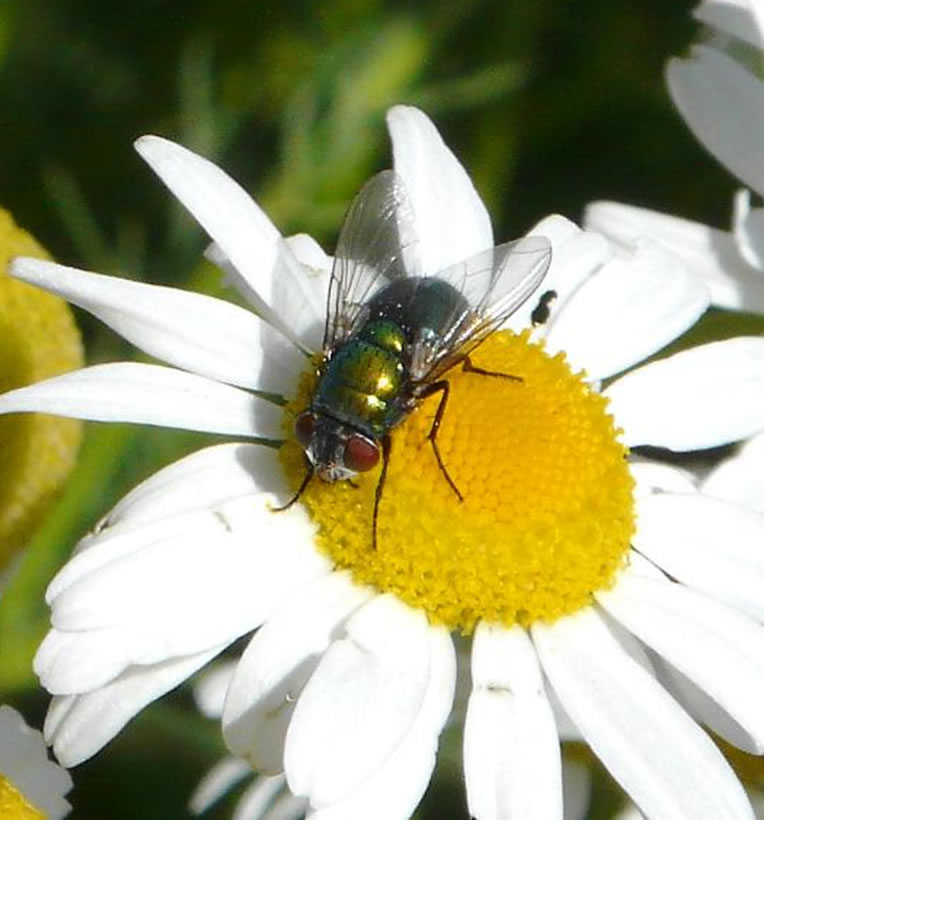
Probably Greenbottle Lucilia sp. (Dip.: Calliphoridae) Annie Pang
Jeremy Tatum writes: Here is a Plutella xylostella from Val’s kale. The caterpillar was shown on August 28 just one week ago – a remarkably fast metamorphosis. This moth, known in agricultural circles as the Diamondback Moth, is migratory and very widespread. I have heard it described as the most widely-distributed moth in the world. I don’t now how true that really is, but let’s just say that it has a wide distribution on all continents except Antarctica, as well as on islands such as New Zealand and Hawaii.
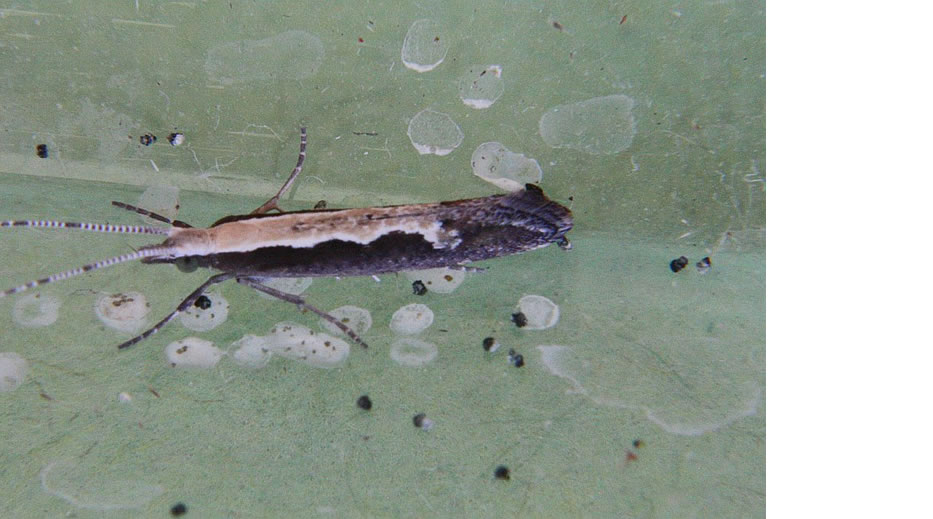
Diamondback Moth Plutella xylostella (Lep.: Plutellidae) Jeremy Tatum
Richard Rycraft wrties: This afternoon (September 4) I saw a single Woodland Skipper nectaring on Sedum, but the prize was a perfect fresh appearing Lorquin’s Admiral in my Oak Bay garden.
Devon Parker writes: I found this caterpillar on my Himalayan Honeysuckle in my yard on September 3. Do you know the species? Jeremy Tatum responds : I think it is Spilosoma virginica – but I have a small nagging doubt. I’d like to see this one just to be sure. I am wondering if it might actually be Acronicta impressa.
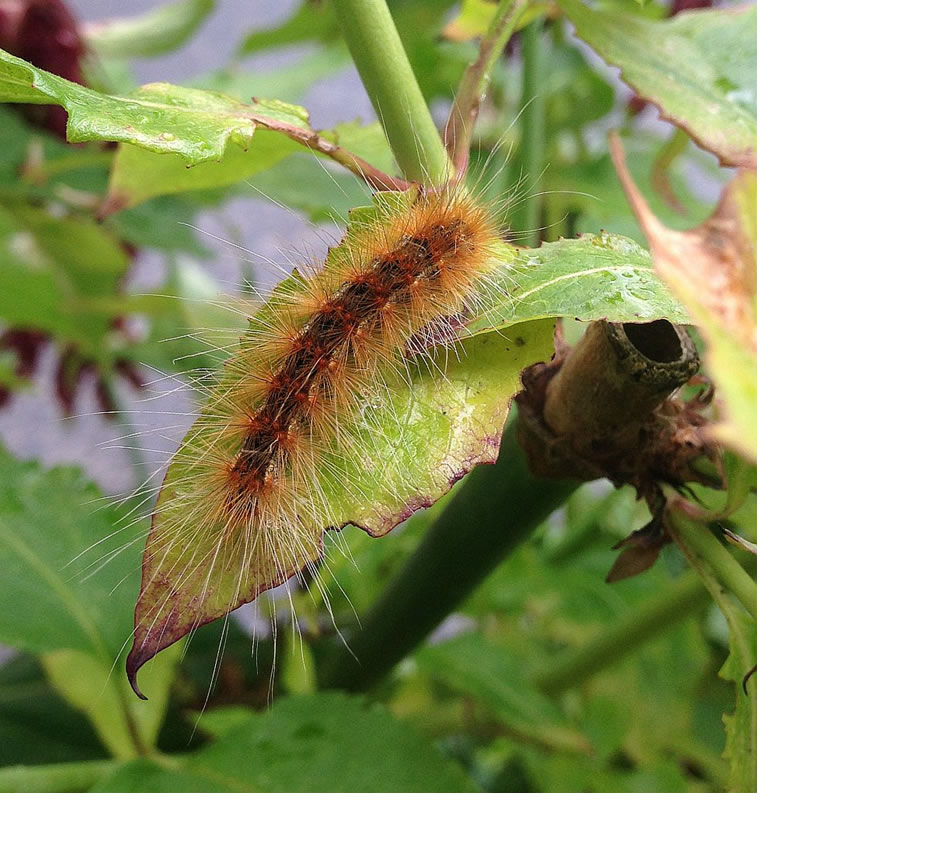
Probably Spilosoma virginica (Lep.: Erebidae – Arctiinae) Devon Parker
2015 September 4
Gordon Hart writes that the only butterflies he saw at his Highlands property on September 3 were three Cabbage Whites, although he had a few moths, including a nice Large Yellow Underwing. (Both of these creatures are European invaders!)
Annie Pang sends photographs of three insects from Gorge Park, August 25-30. The butterfly is a Woodland Skipper. Although butterflies of many species are becoming much scarcer than in former years, Annie and other observers have noted that Woodland Skippers continue to be quite abundant – and they seem particularly to like nectaring at Lavender, as in Annie’s photograph. We can’t identify the bee and the fly accurately down to species, but the bee is probably one of the leaf-cutter bees of the family Megachilidae. The fly is a blow fly of the family Calliphoridae, and probably a greenbottle of the genus Lucilia.

 Woodland Skipper Ochlodes sylvanoides (Lep.: Hesperiidae) Annie Pang
Woodland Skipper Ochlodes sylvanoides (Lep.: Hesperiidae) Annie Pang


Probably leaf-cutter bee (Hym.: Megachilidae) Annie Pang


Probably Greenbottle Lucilia sp. (Dip.: Calliphoridae) Annie Pang
Jeremy Tatum writes: Here is a Plutella xylostella from Val’s kale. The caterpillar was shown on August 28 just one week ago – a remarkably fast metamorphosis. This moth, known in agricultural circles as the Diamondback Moth, is migratory and very widespread. I have heard it described as the most widely-distributed moth in the world. I don’t now how true that really is, but let’s just say that it has a wide distribution on all continents except Antarctica, as well as on islands such as New Zealand and Hawaii.

Diamondback Moth Plutella xylostella (Lep.: Plutellidae) Jeremy Tatum
Richard Rycraft wrties: This afternoon (September 4) I saw a single Woodland Skipper nectaring on Sedum, but the prize was a perfect fresh appearing Lorquin’s Admiral in my Oak Bay garden.
Devon Parker writes: I found this caterpillar on my Himalayan Honeysuckle in my yard on September 3. Do you know the species? Jeremy Tatum responds : I think it is Spilosoma virginica – but I have a small nagging doubt. I’d like to see this one just to be sure. I am wondering if it might actually be Acronicta impressa.

 Probably Spilosoma virginica (Lep.: Erebidae – Arctiinae) Devon Parker
Probably Spilosoma virginica (Lep.: Erebidae – Arctiinae) Devon Parker

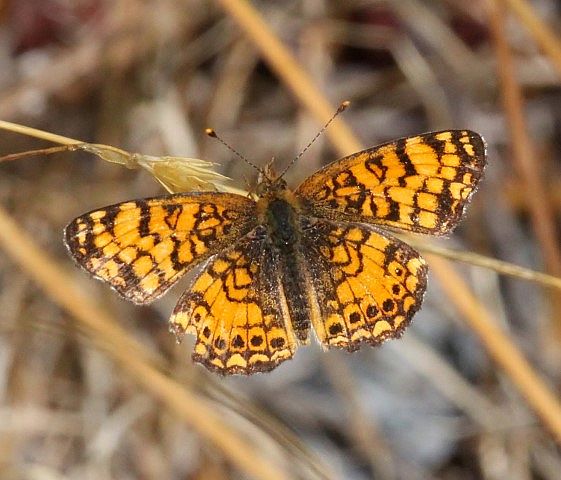
 Male Mylitta Crescent Phyciodes mylitta (Lep.: Nymphalidae) Ron Flower
Male Mylitta Crescent Phyciodes mylitta (Lep.: Nymphalidae) Ron Flower
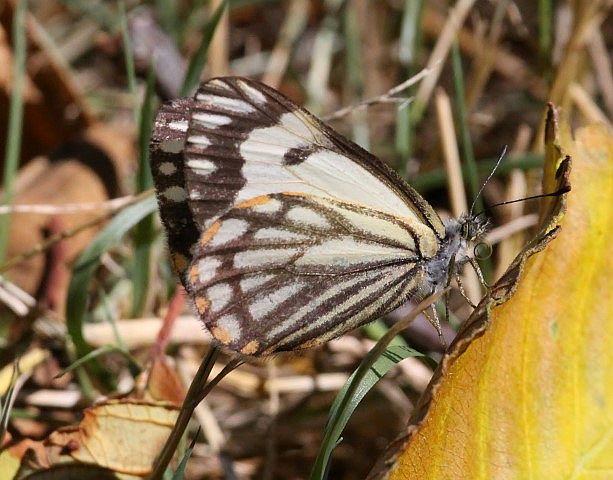
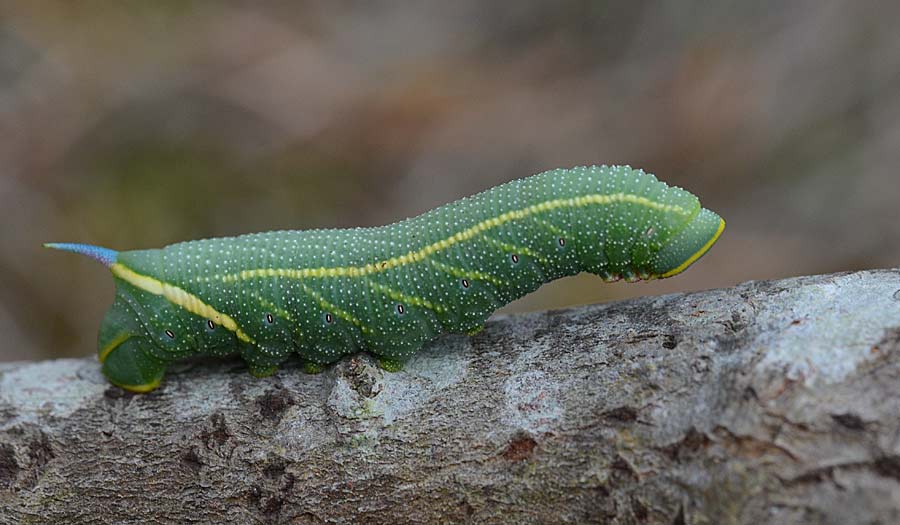
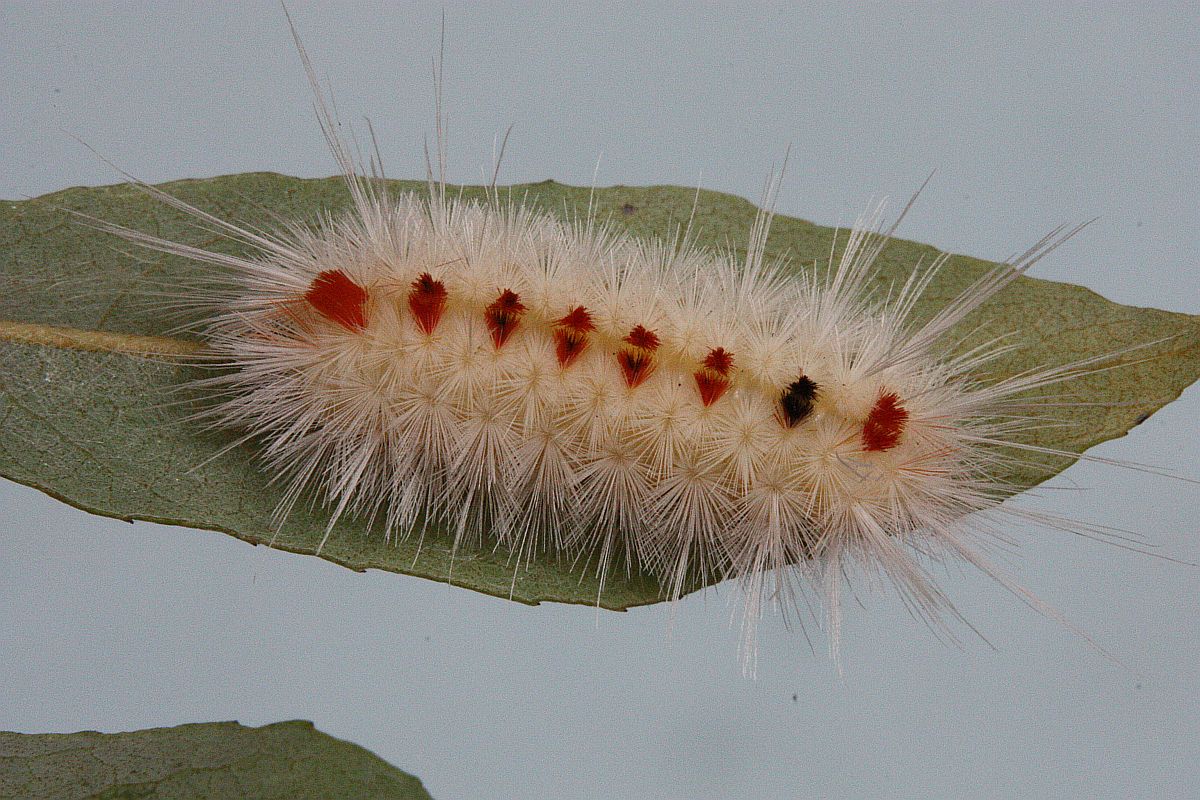
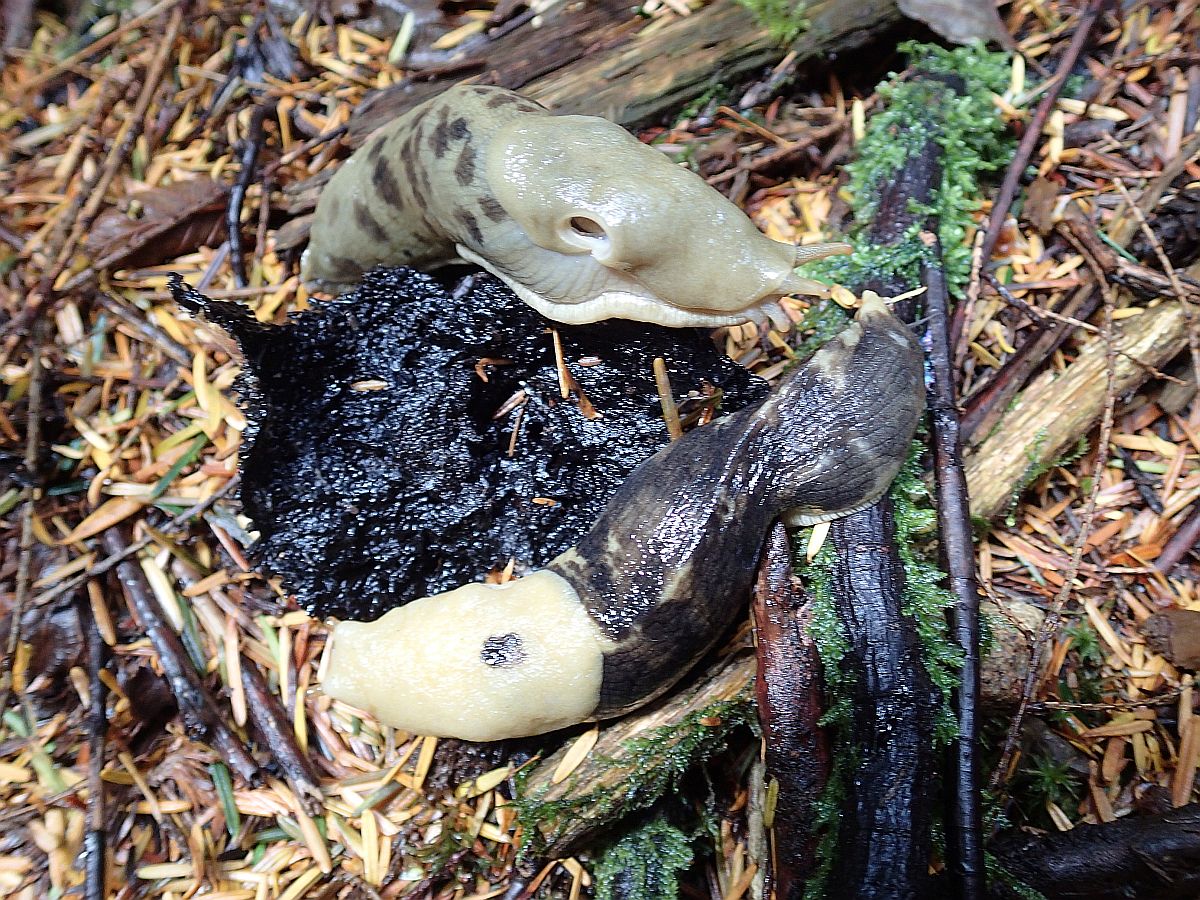
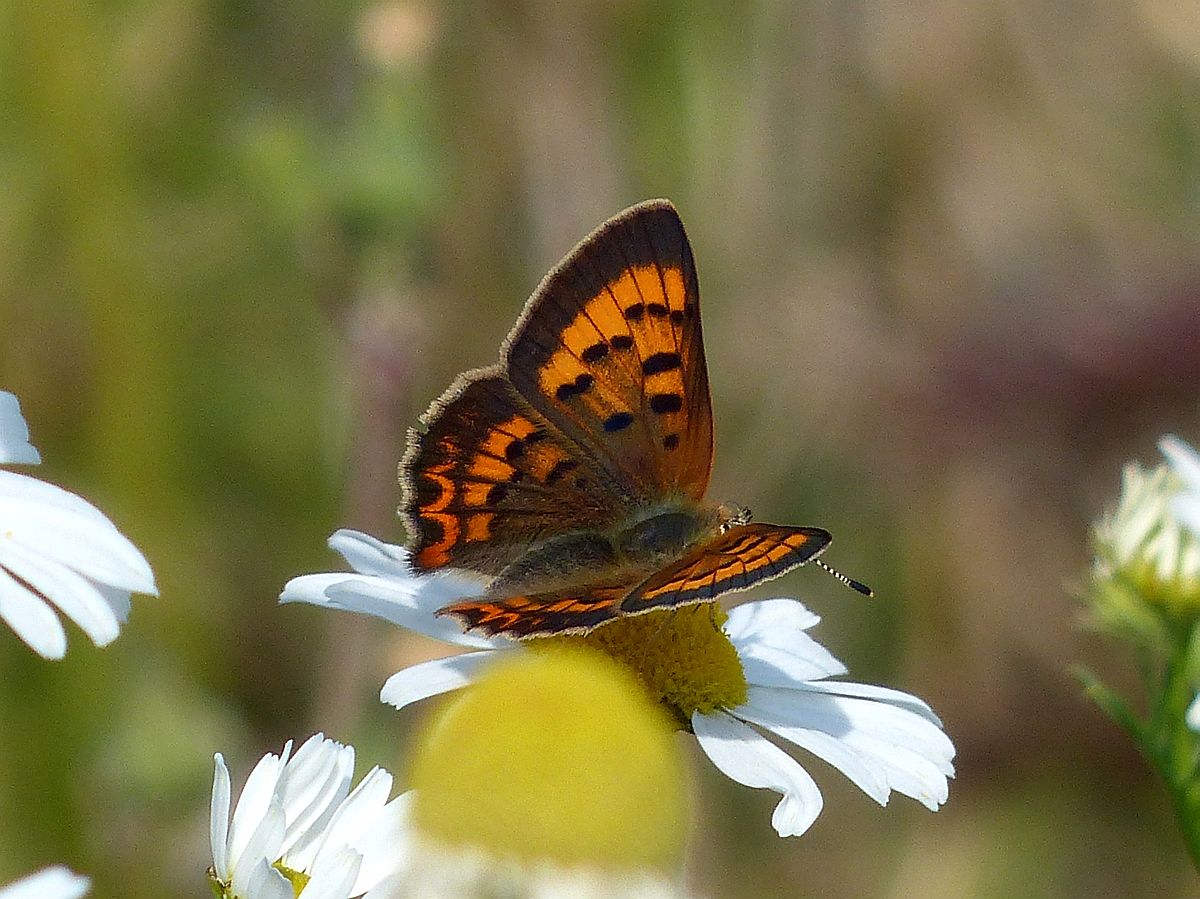
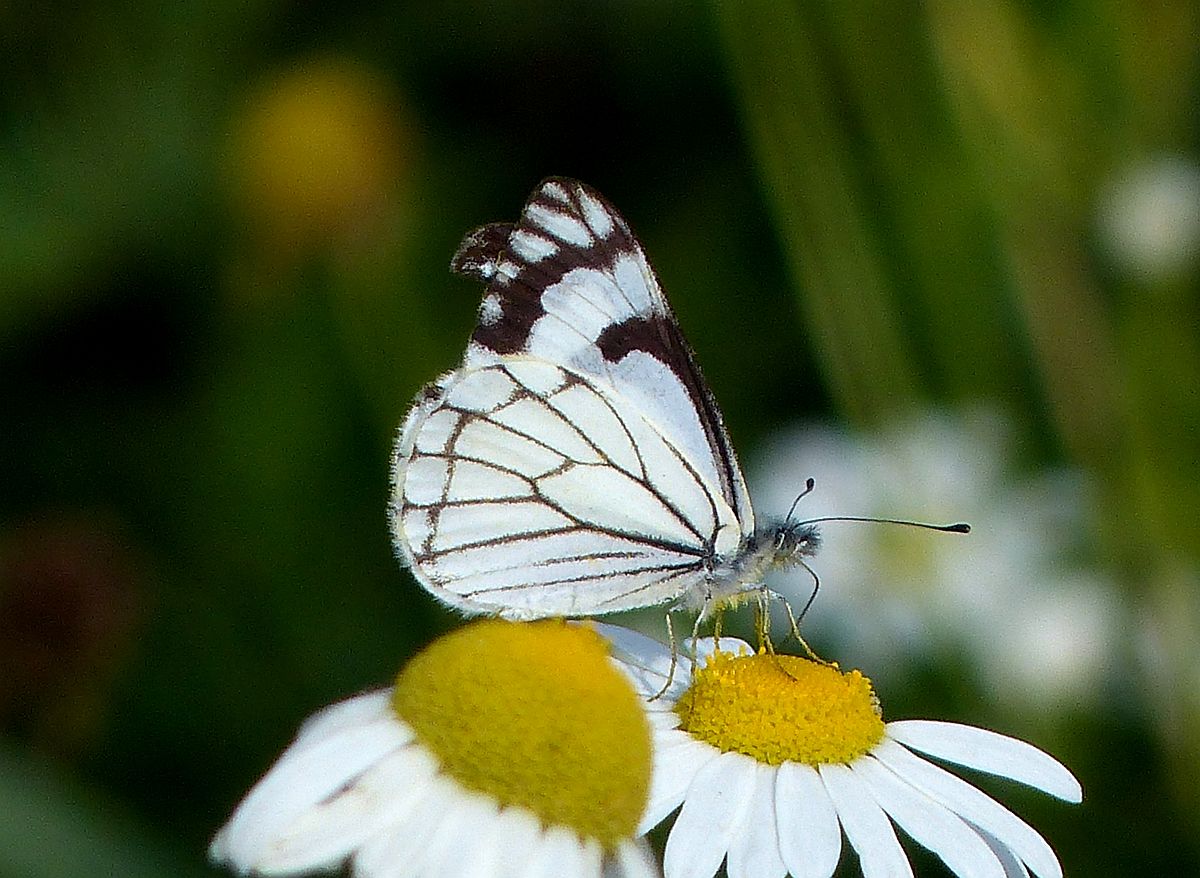
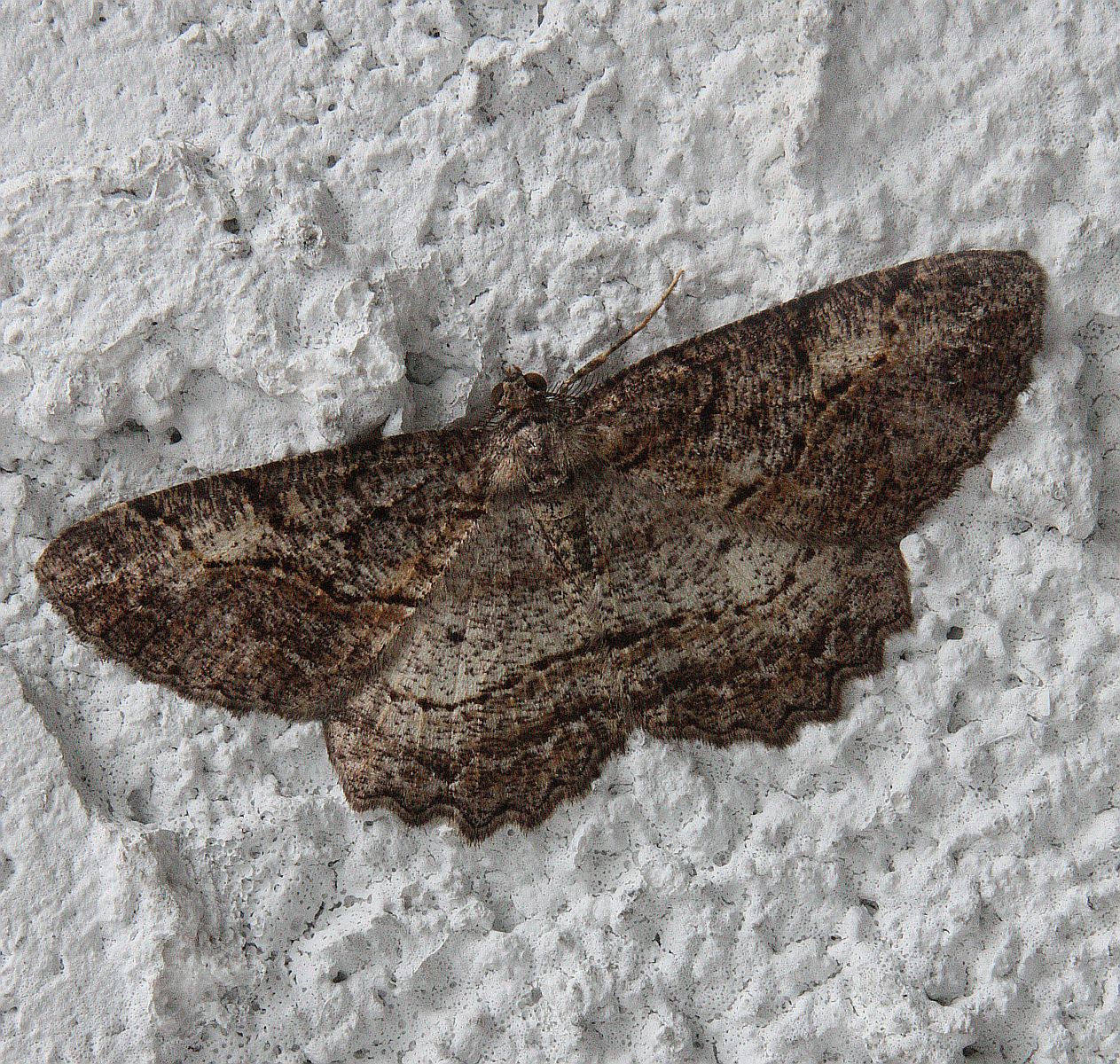


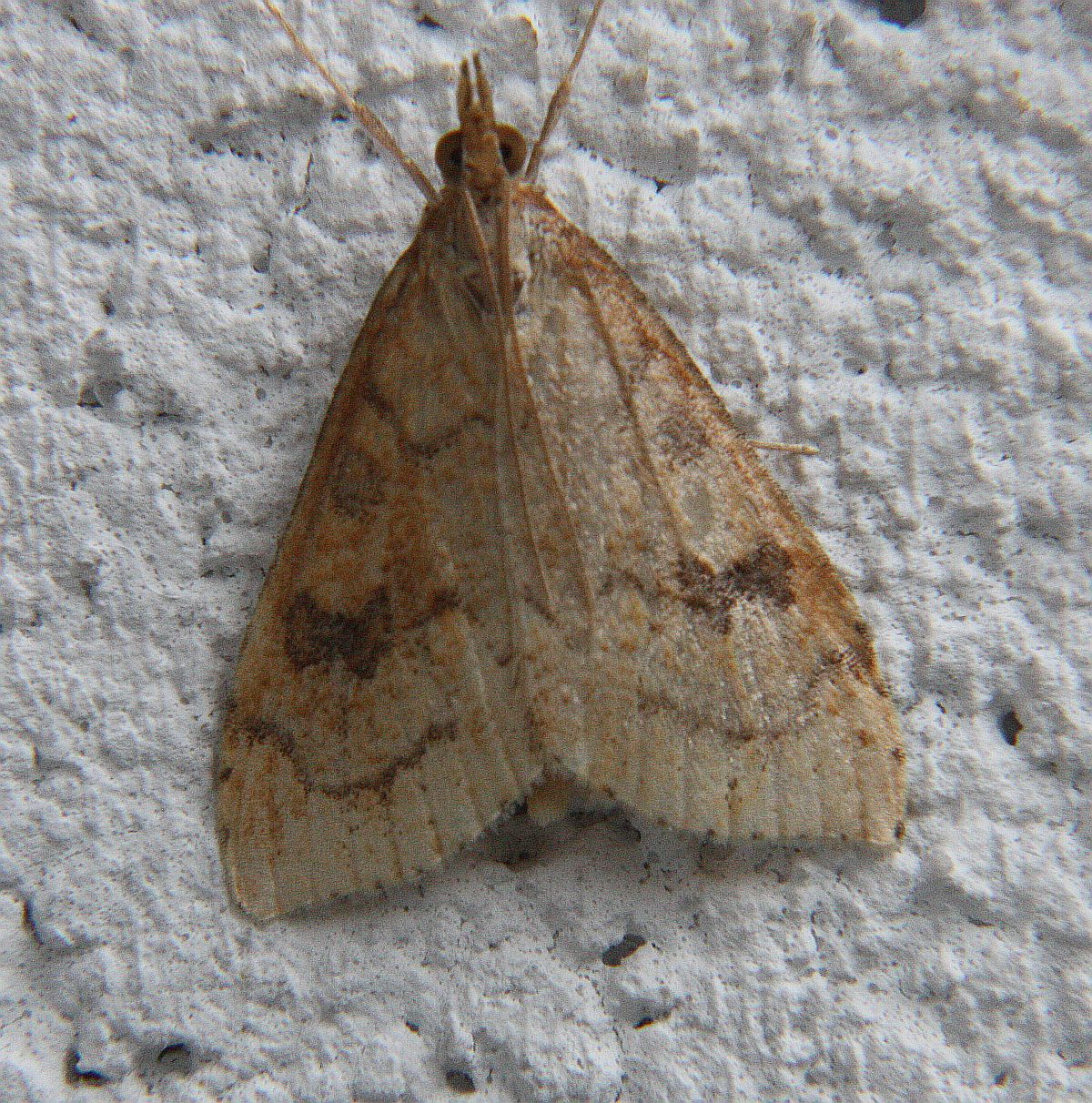

 Unknown caterpillar on broccoli (Lep.: Noctuidae) Jeremy Tatum
Unknown caterpillar on broccoli (Lep.: Noctuidae) Jeremy Tatum